|
Hawker Hurricane Mk.I
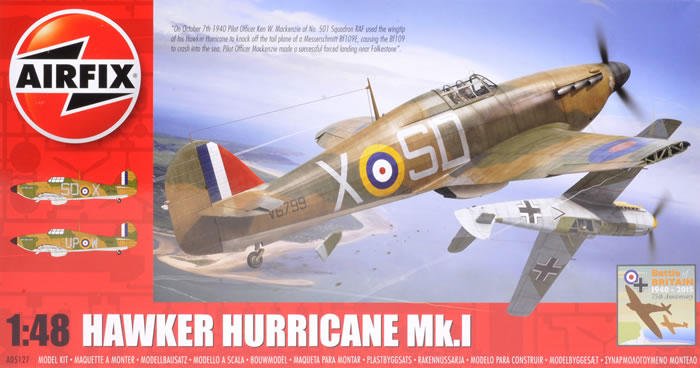
Airfix 1/48 scale
S
u m m a r y |
| Description and Catalogue Number: |
Airfix A05127 - Hawker Hurricane Mk.I |
| Scale: |
1/48 |
| Contents and Media: |
114 parts in grey injection moulded plastic; 11 parts in clear plastic; markings for three aircraft |
| Price: |
£14.16 (Export Price) or £16.99 (EU Price) plus shipping available online from Hannants |
| Review Type: |
FirstLook |
| Advantages: |
High level of detail; subtle surface textures including fabric rear fuselage; accurate; useful options including Rotol and de Havilland propeller assemblies, straightforward construction; includes open gun bay option; bonus parts - tropical filter and arrestor hook. |
| Disadvantages: |
Leading edge machine gun openings not drilled out; windscreen mirror not included. |
| Conclusion: |
Airfix’s new Hurricane Mk. I is easily the best of its type in 1:48 scale; and probably the best of any injection moulded Hurricane in any scale. It is accurate, features better fabric effect than the Hasegawa kit, and will also be easier to build thanks to its absence of inserts and straightforward parts breakdown. The Airfix offering is also barely half the price of the Hasegawa and Italeri kits in the UK too.
Highly Recommended. |
Reviewed by Brett Green

Airfix's 1/48 scale Hurricane Mk.I will be available online from Squadron.com
The Hawker Hurricane was Britain's first modern monoplane fighter aircraft, entering service in 1937.
Hawker's chief designer, Sidney Camm, designed the Hurricane around the new Rolls-Royce Merlin engine. Although the British Air Ministry had not yet placed an order, Hawker nevertheless prepared for the production of 1,000 aircraft. This head start significantly expedited delivery once the order for 600 Hurricanes was received in June 1936.
In addition to the fabric covered rear fuselage, the earliest versions of the Hurricane featured fabric wings, reflecting the earlier production techniques of the Hawker Aircraft Company. These initial 600 aircraft were also fitted with a fixed pitch, two-bladed wooden Watts propeller, although these were quickly supplanted by de Havilland and Rotol three-bladed propeller assemblies that permitted pitch adjustment from the cockpit. The later improved aircraft also included windscreens with armoured glass. In time, the fabric wings of many of these early Hurricanes were replaced with metal wings.
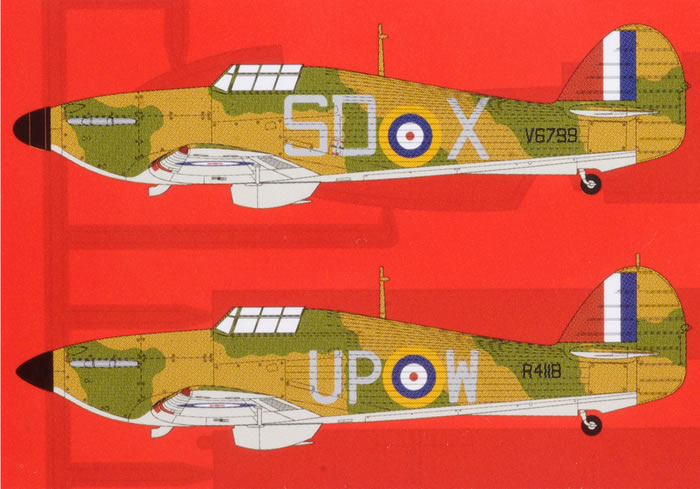
Although the Hurricane could absorb an enormous amount of punishment and could out-turn the Messerschmitt Bf 109 (and even the Spitfire) it was a slower aircraft. In the air war over France, the Bf 109 E showed itself to be somewhat superior to the Hurricane, especially those fitted with the two-bladed Watts propeller, but the British fighter had the edge over the prestigious twin-engined Bf 110. During the Battle of Britain, the Hurricane’s main role was to engage Luftwaffe bombers, with Spitfires tackling the more nimble German fighters. Although the fabric wing was largely phased out by this time, there were still examples of the type in use over England in that fateful summer of 1940.
Less glamorous than its legendary stablemate, the Hawker Hurricane was nevertheless a key factor in the RAF's victory in the Battle of Britain.
The new Airfix 1:48 scale Hurricane Mk.I comprises 114 parts in light grey plastic, 11 parts in clear and markings for two aircraft.
Please note that this kit has absolutely no parts in common with the old Airfix 1/48 scale Hurricane Mk.I released in 1979. That wasn’t a bad kit – mostly accurate and featuring fine raised panel detail and subtle fabric texture – but it has now been totally eclipsed by the new Airfix release.
Moulding quality is excellent. The plastic is matt in texture, and moulding imperfections are few, mainly ejector pin circles on the lesser-seen surfaces of some parts.
Surface detail on the wings and fuselage is by way of crisply recessed panel lines, raised rivets and fasteners, and really well done fabric texture. The recent Spitfire Mk.I and Mk.V kits were very good in this regard, but I reckon the Hurricane is even better.
The fabric effect on the rear fuselage is an essential characteristic of the Hurricane, and Airfix has done a beautiful job. The result is subtle but noticeable, and really does look like fabric stretched over stringers.
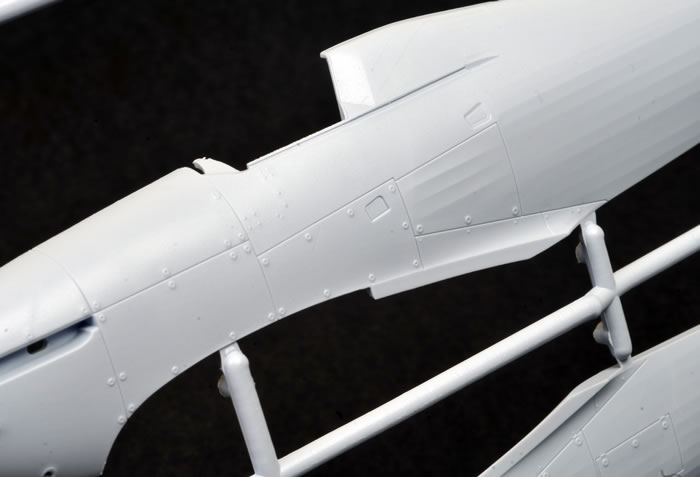
The fuselage is moulded as two full-length sides plus a separate part for the lower rear fuselage. An optional lower insert is provided for an arrestor hook (the hook itself is also included as a separate part), allowing the possibility of a Sea Hurricane Mk. IB straight from the box – although this is not mentioned in the instructions.
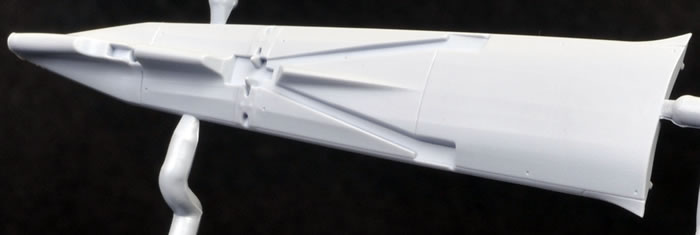
The forward lower cowl panel is also supplied as a separate part. Another unmentioned bonus is the tropical filter, which may be used to substitute this panel.
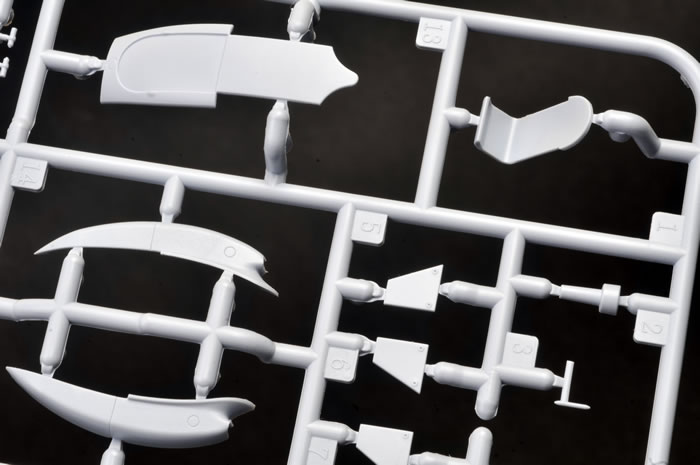
This cockpit is as good as the recent Spitfires, with the tubular metal cockpit frame accurately portrayed. It also features the correct “bottomless” floor with the pilot’s footrests suspended above; and separate parts for the various bulkheads, the seat and an instrument panel with simple but effective raised bezels. The control yoke is a separate part, so it may be deflected to taste (but don’t forget to set the ailerons to match the yoke’s position!)

All you really need to add is a set of harness straps, although even that won’t be required if you choose to use the supplied pilot figure.

One style of one-piece exhaust is supplied for each side. The outlets are solid, so a little time with the sharp end of a hobby knife will be required to hollow them out.
Two propeller and spinner options are included – Roto and de Havilland assemblies.
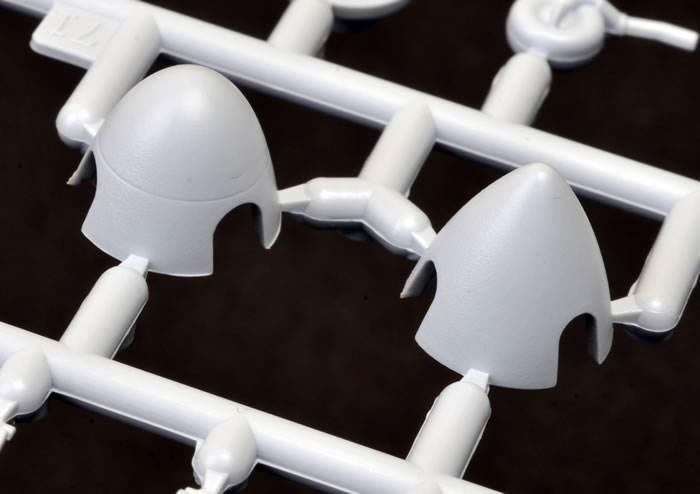
The wings are moulded as a full-span lower section plus separate upper wing halves.

Dihedral is set by two stout wing spars, which also form the front and rear faces of the wheel and cannon bays.
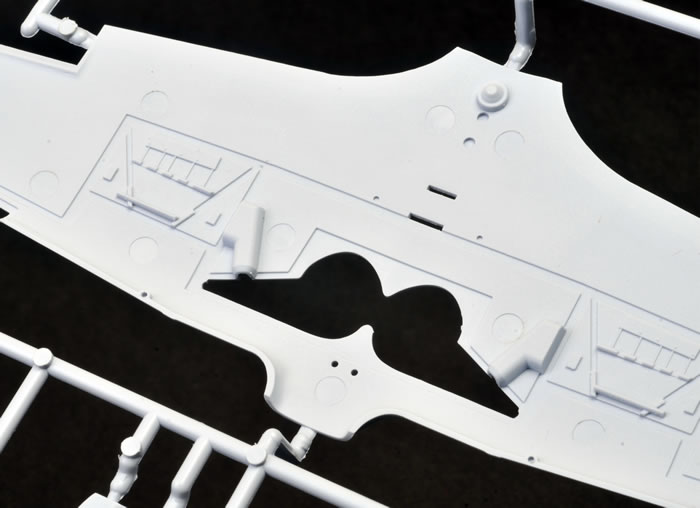
Eight .303 gun breeches are included for inside the wings. The instructions offer the option for the upper gun covers to be cut away, allowing the guns to be displayed.
The gun openings in the wing leading edges are depicted as indentations. These will look better if they are drilled out.
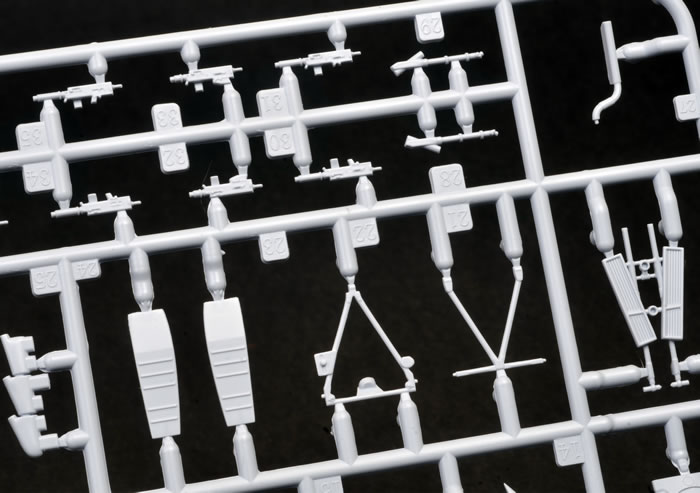
The plastic on the inside of the wings are thinner below these covers to make the hack job a bit easier. Separate cannon bay hatches are supplied with exterior and interior detail.
Control surfaces are supplied separately. The port and starboard elevators are moulded as a single part so you can't accidentally pose them out of alignment. Flaps are moulded shut. The aerial wire post is moulded to the top of the rudder, so take care not to damage this during assembly.
The main wheels are bulged and flattened and keyed to the axles of the undercarriage legs to ensure they sit flat on the ground. A second set of unflattened wheels are supplied for raised undercarriage. The wheel hubs are four-spoke.
The main undercarriage legs are well detailed and, unlike the recent Spitfire Mk.I and Mk.V kits, appear to offer a solid join with the landing gear bay.
Two different sliding canopy sections are supplied for open and closed options. The windscreen is a separate part. Clear lenses for the leading edge landing lights plus an one-piece early-style gunsight are provided too, but there is no pilot's mirror included.
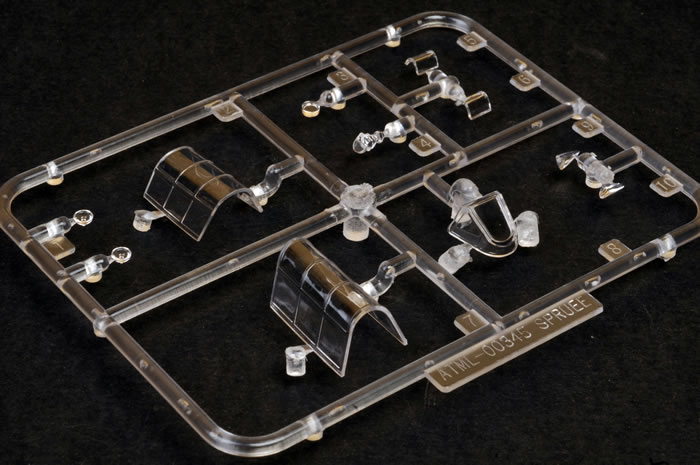
Other options include poseable radiator flap, and alternative parts for raised or lowered undercarriage.
Parts breakdown is conventional, with locating pins and other assembly aids that will make this model perfectly suitable for even less experienced modellers.
Accuracy appears to be very good, as you would expect from a British Airfix subject.
Markings
Two marking options are offered – both in Dark Earth and Dark Green upper surfaces with Sky below and Night (black) spinners.
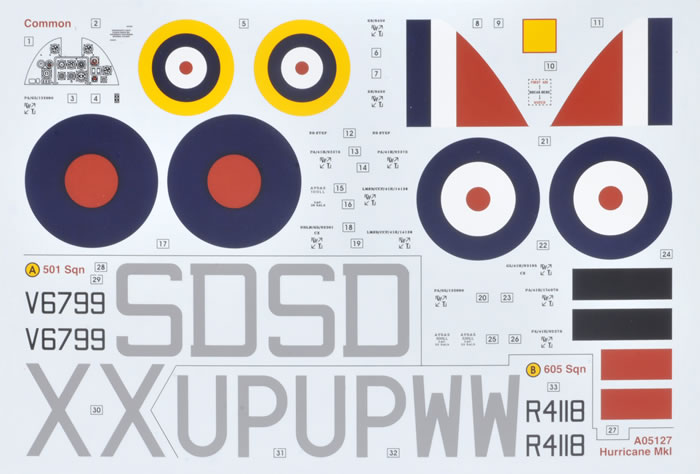
The decals feature perfect registration, rich colours with the hint of a satin finish.
This is a gorgeous kit.
Airfix’s new Hurricane Mk. I is easily the best of its type in 1:48 scale; and probably the best of any variant of any injection moulded Hurricane in any scale.
It is accurate, features better fabric effect than the Hasegawa kit, and will also be easier to build thanks to its absence of inserts and straightforward parts breakdown.
The Airfix offering is also barely half the price of the Hasegawa and Italeri kits in the UK.
We can only hope that Airfix sells a bazillion of these to bankroll the rest of the RAF Battle of Britain line-up in 1:48 scale!
Highly Recommended.
Sample purchased by reviewer from Hannants.
Text and Images Copyright © 2015 by Brett Green
Page Created 16 April, 20145
Last updated
16 April, 2015
Back to HyperScale Main Page |
